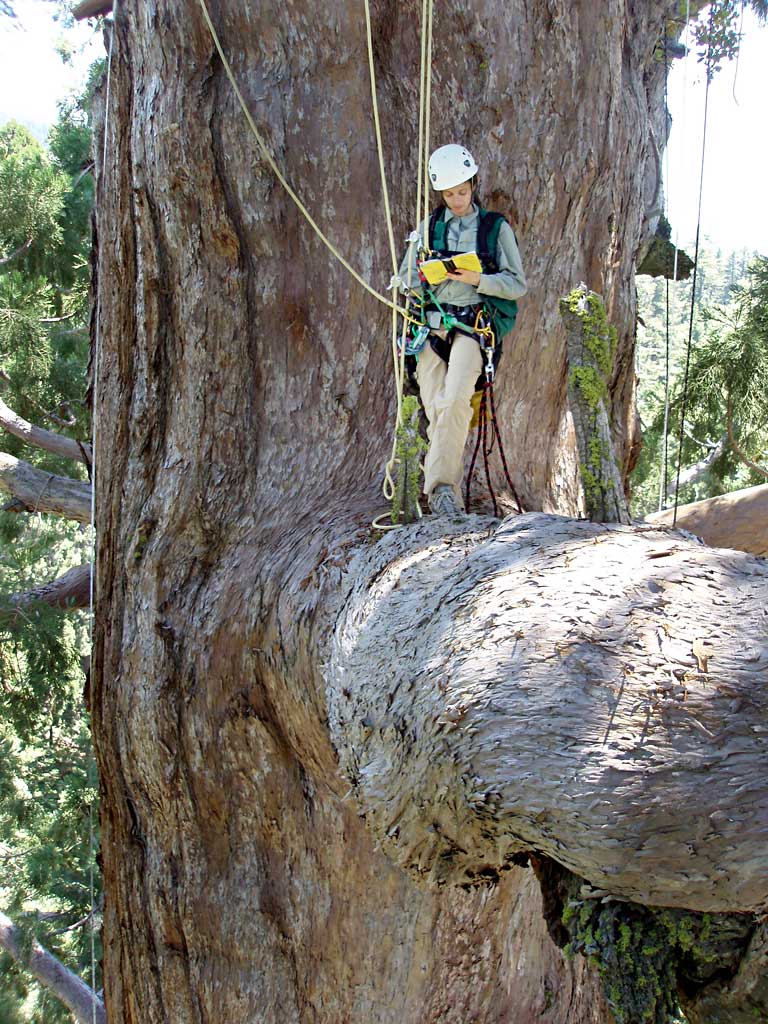|
|
California Regional Environmental
Education Community
California Department of Education,
STEM Office
|
North Coast Newsletter - Fall 2015
Sonoma, Mendocino, Lake, Humboldt, and Del Norte Counties
|
|
Making Best Use of a Schoolyard Habitat
Outdoor Classroom
From a school garden or forest trail to a forgotten corner of the playground, all school sites have some outdoor space that can function as an "outdoor classroom." Teachers at McKinleyville's Dow's Prairie Elementary School recently had the chance to gain skills for making the best use of their outdoor classroom: a 2.5 acre coastal prairie site which includes a rare seasonal pond. Educators that participated soon found out this conservation area adjacent to their school was chockfull of teachable moments and good questions -- "Why is there no water in this pond?" for one! At the training, McKinleyville Land Trust staff taught the group of educators about what is involved with managing the parcel and what makes it a special site, both ecologically and culturally. The K-2nd grade educators were then trained in the "Growing Up WILD: Exploring Nature With Young Children" activity guide, relevant Education and the Environment Initiative (EEI) Curriculum, and connecting with North Coast CREEC Network resources. Participants at the training also included pre-service environmental educators from Humboldt State University. In the year to come they will gain practical experience developing and facilitating place-based interpretive programs for Dow's Prairie students using the outdoor classroom.
The CREEC Network Resource Directory is available to help teachers find tools and environmental education providers that can assist with creating learning experiences and their own school's "outdoor classroom." Have a look and see what you can find! Your CREEC Coordinators can also help connect you with training experiences like the one mentioned above. Find time to visit your "outdoor classroom" and see what great questions your students will ask!
|
|
What's New on the North Coast
|  |
PLT/EEI Educator Workshop: Saturday, Dec. 5
PLT Facilitator Training: Sunday, Dec. 6
Participate for a second day and become trained to lead your own PLT workshops. Training includes visits to Institute for Redwood Ecology and Sequoia Park Zoo.
| 
|
Next Generation Science Standards (NGSS) present a tremendous opportunity for the environmental education field to work with schools to advance high-quality science education. Explore the new standards and examine the implications of their adoption to your programs and the students you serve through this two-part workshop: Dec. 14 and Feb. 12 at Pepperwood Preserve, Santa Rosa.
| | |
|
| | 11/5/2015 |
| | 11/14/2015 |
| | 2/27/2016 |
| |
|
|
|
Disclaimer: These professional learning opportunities and resources are intended merely to provide access to information. The California Department of Education (CDE) has not reviewed these opportunities or resources for effectiveness or alignment with the Elementary and Secondary Education Act (ESEA). CDE does not warrant or guarantee the effectiveness or results of any opportunity or resource that may be made available through this communication network. The inclusion of an opportunity or resource is neither an endorsement nor recommendation by CDE. Please excuse formatting errors that may result from the software application used to distribute this newsletter.
_____________________________________________________________________
The California Regional Environmental Education Community (CREEC) Network is an educational project supported by the California Department of Education in collaboration with state, regional and local partners. Its expansive communication network provides educators with access to high-quality educational resources to enhance the environmental literacy of California Students.
On the North Coast, CREEC is supported by Humboldt State University's Redwood Science Project and Natural History Museum.
Allison Poklemba (allison@creec.org) and Laura Powell (laura@creec.org)
STEM Office, California Dept. of Education, 1430 N Street, Suite 4309, Sacramento, CA 95814
_____________________________________________________________________
_____________________________________________________________________
Sign up, update your email address, or change your newsletter subscription preferences by typing your email address in the " Sign Up for Newsletters" box. |
|
|
|